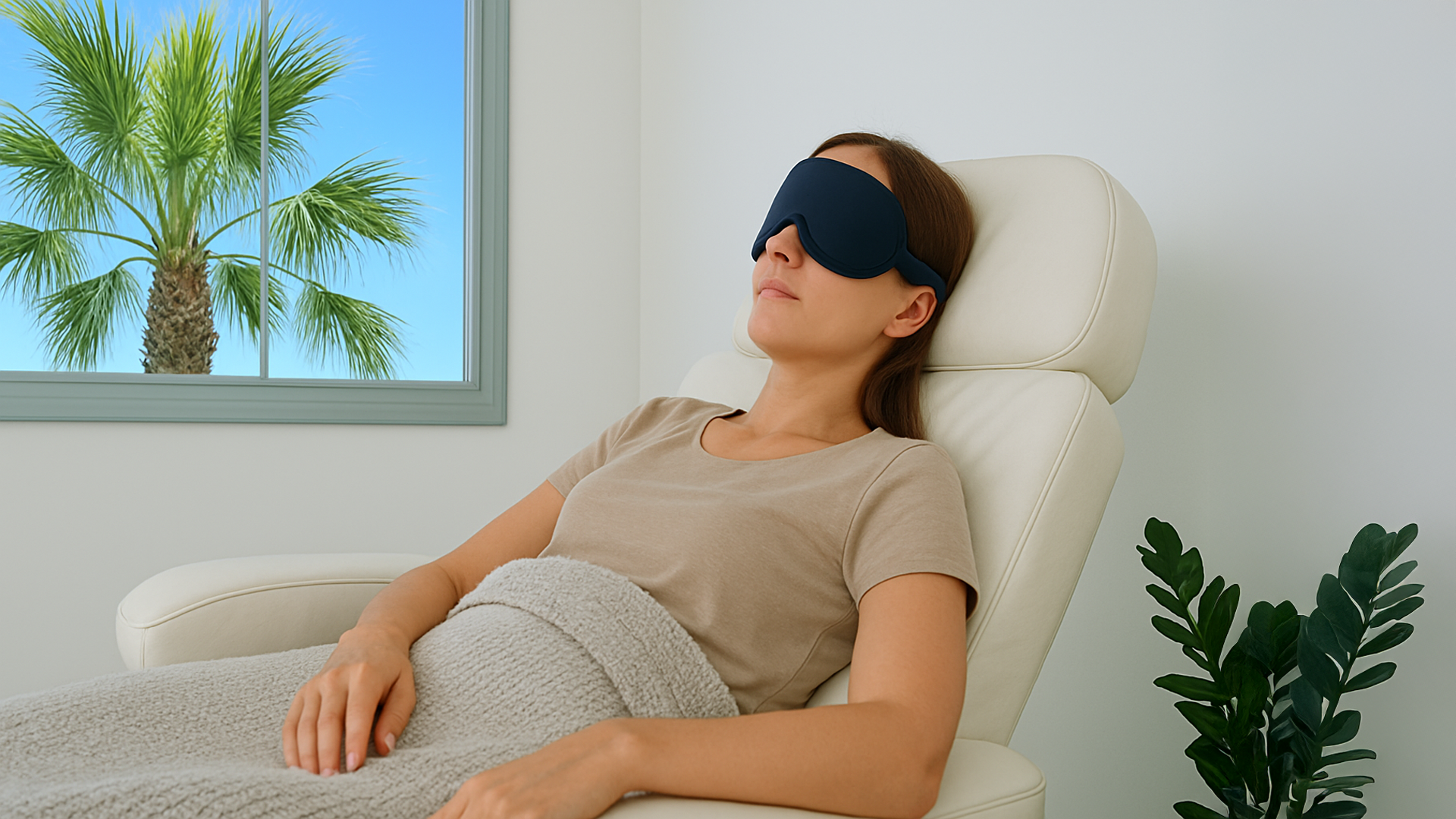14 Signs of Vitamin D Deficiency: Sunshine Molecule Check

TLDR Summary
Vitamin D is more than a "nice to have" - it's essential for energy, immunity, mood, and longevity. In this article, you'll discover:
- The 14 most common signs of vitamin D deficiency
- How sunlight, food, and IV therapy can help
- Everyday ways to support your vitamin D levels
- What to do if you think you're low
- How BRM's Longevity IVs may support your overall health
Why Vitamin D Is More Than Just a Sunshine Vitamin
Have you ever felt off: tired, low, or just not quite yourself and couldn’t figure out why? It might be more than stress or lack of sleep. It could be your vitamin D levels.
Vitamin D plays a key role in how your body functions. It's essential for calcium absorption, immune regulation, and cognitive health. It also influences over 1,000 genes related to everything from inflammation to mental clarity.
Despite its importance, vitamin D deficiency remains widespread even among health-conscious individuals. Lifestyle, diet, and stress all affect how much vitamin D your body can make or absorb.
Vitamin D plays a key role in how your body functions. It's essential for calcium absorption, immune regulation, and cognitive health. It also influences over 1,000 genes related to everything from inflammation to mental clarity.
14 Signs of a Vitamin D Deficiency
Some of these may seem like weird symptoms of vitamin D deficiency - but they're more common than you'd expect. If several of these symptoms feel familiar, it may be worth checking your vitamin D levels with a healthcare provider:
- Persistent fatigue or sluggishness
- Low mood or emotional flatness
- Muscle aches or weakness
- Lower back or joint pain
- Frequent illness or slow recovery
- Brain fog or reduced concentration
- Thinning hair
- Delayed wound healing
- Gut health challenges (e.g., IBS)
- Signs of chronic inflammation
- Trouble sleeping or staying asleep
- Mood swings or irritability
- Heaviness or lack of strength in limbs
- Excessive sweating, especially around the scalp
Why Deficiency Happens (Even With a Healthy Lifestyle)
Many factors can interfere with your ability to maintain healthy vitamin D levels:
- Limited direct sun exposure
- Regular use of sunscreen (which blocks UVB)
- Indoor work or travel schedules
- Darker skin tones (which naturally produce less vitamin D)
- Chronic stress or inflammation
- Gut issues that impact nutrient absorption
- Vegan or restrictive diets lacking D-rich foods
These variables make deficiency surprisingly common - even in people who eat well and stay active.
Supporting Vitamin D Naturally
Here’s how to get a natural vitamin D boost using food, light, and habits that support daily wellbeing.
Sunlight remains the most effective natural source. Short sessions of unprotected sun exposure on arms, face, or legs (10-20 minutes a few times a week) can often provide enough. However, your location, time of year, and skin tone all affect how much your body can produce.
In addition to smart sun exposure, consider adding these foods to your routine:
- Fatty fish (salmon, sardines)
- Egg yolks
- Mushrooms exposed to sunlight
- Fortified foods like plant-based milks, cereals, or orange juice
Supplements may help if you're not getting enough from sunlight or food. Speak with a healthcare provider before starting anything new.
Functional Therapies: When More Support Is Needed
For individuals navigating fatigue, immune issues, or mood challenges, vitamin D may be a missing piece. Functional nutrient support can be helpful when:
- You're dealing with chronic absorption issues
- You've tested low and want a faster repletion approach
- You need personalised care based on bloodwork and lifestyle
What Happens When Vitamin D Levels Improve
When vitamin D levels are restored to a healthy range, many individuals report:
- More consistent daily energy
- Improved focus and mental clarity
- Better immune response
- Fewer aches and faster recovery post-exercise
- Stabilised mood and better emotional balance
Everyone's experience is unique, and outcomes depend on the root causes being addressed in care.
What to Do If You Think You're Low
If you're noticing symptoms of low vitamin D, your body might be signalling it's time for a check-in.
A blood test ordered by your provider is the best way to assess your vitamin D status. If you're deficient, treatment might include:
- Oral vitamin D3 supplementation
- Increased sunlight and nutrient-dense foods
- Targeted therapies like IV support
At BRM, we collaborate with patients to build care plans that reflect their unique needs and goals. In addition to Longevity IVs, we have a Stress Reset Program, and offer a host of Injection Therapies and biologic cell therapies to help treat pain.
FAQ
How do I know if I need more vitamin D?
Check in with your provider if you're experiencing multiple symptoms or have known risk factors. A simple blood test will give you clarity.
Can I get enough vitamin D from food alone?
It’s possible but challenging. Many people benefit from a mix of dietary, lifestyle, and supplemental support.
How much sun is enough?
It varies by person, but 10-20 minutes of midday sun a few times a week is a general guide. More may be needed depending on your skin tone and where you live.
What other nutrient support does BioReset offer?
At BioReset Medical, our physician-formulated Regenerative IVs include nutrients that support energy, immunity, and overall resilience. These therapies are tailored to individual needs and administered under clinical guidance.





